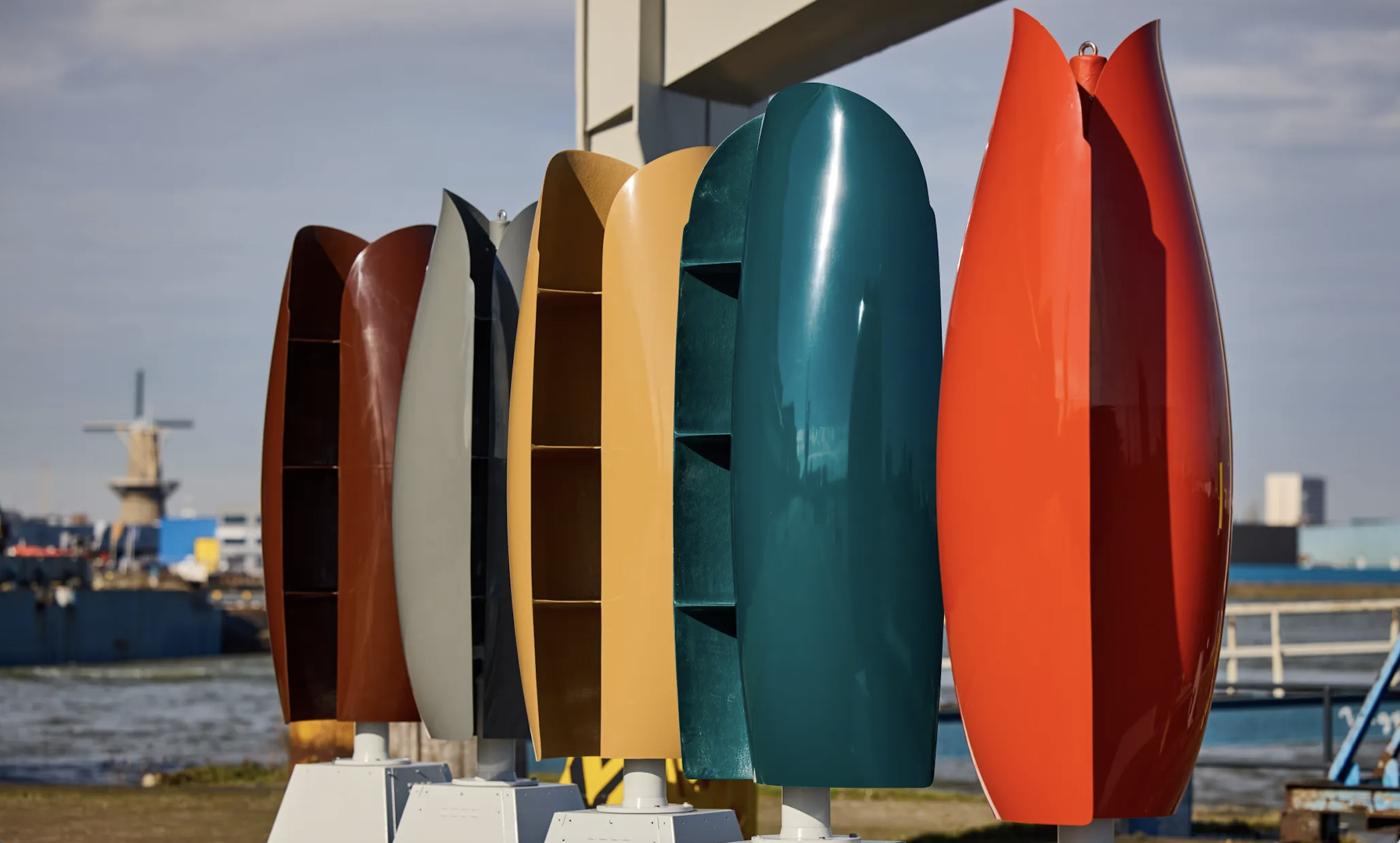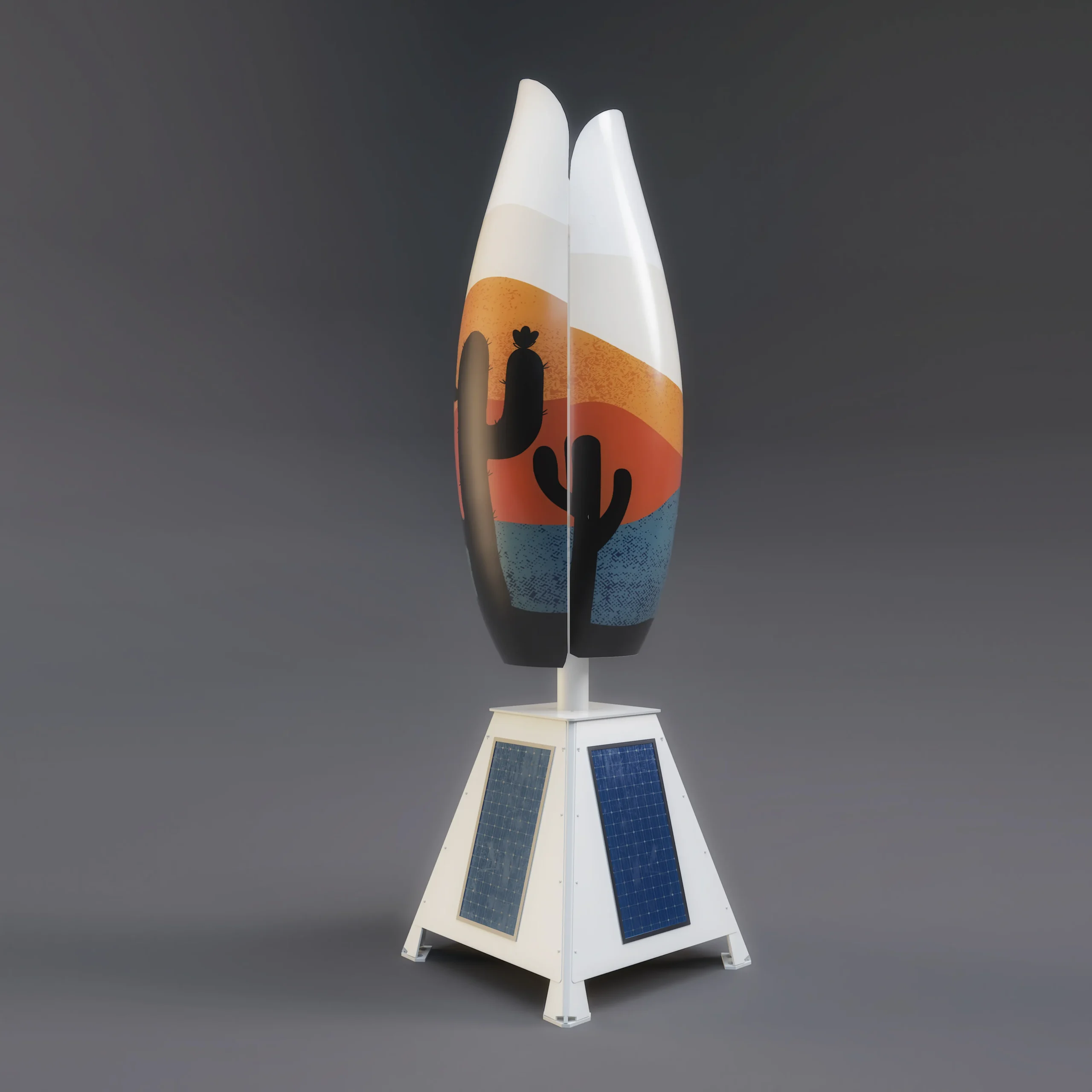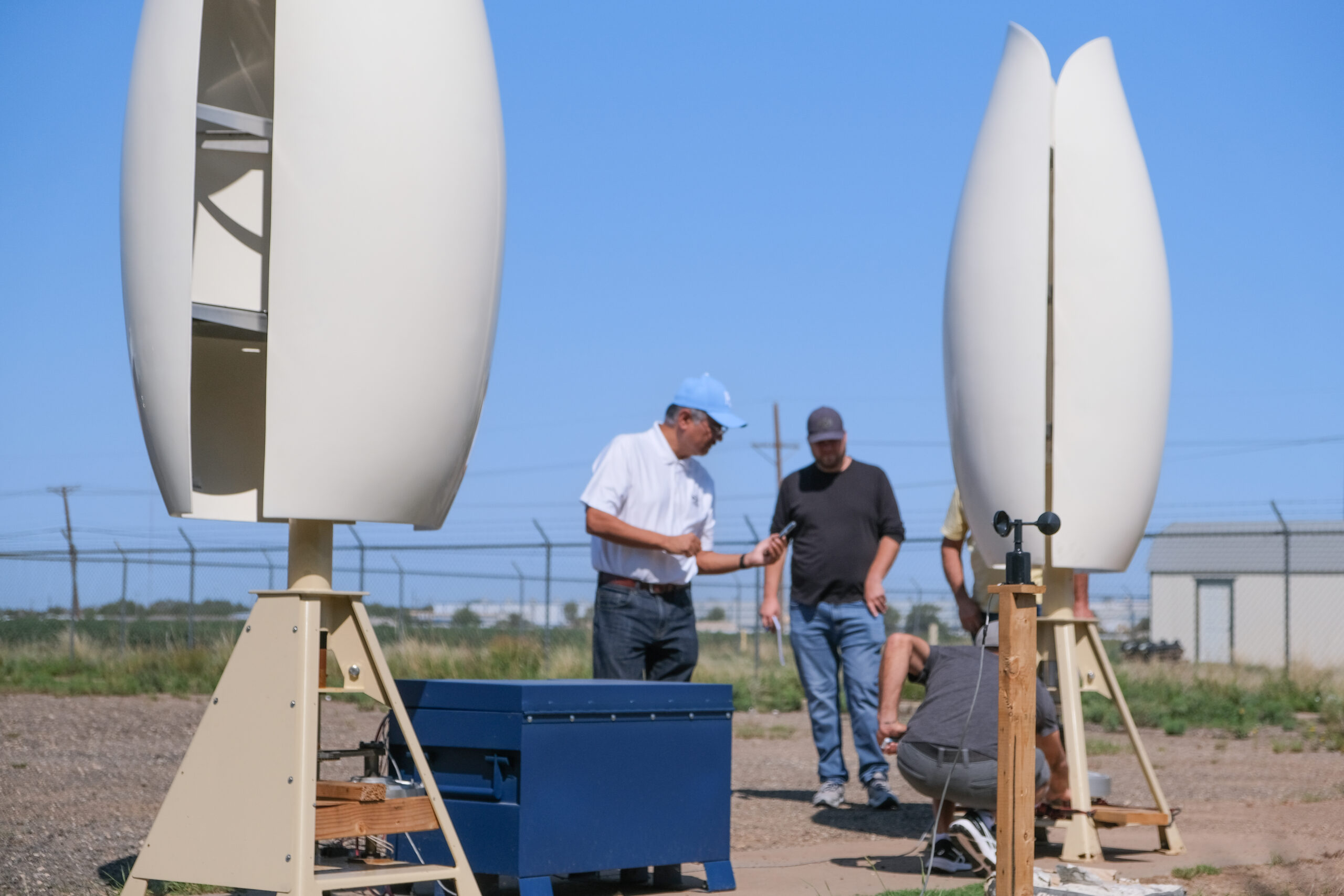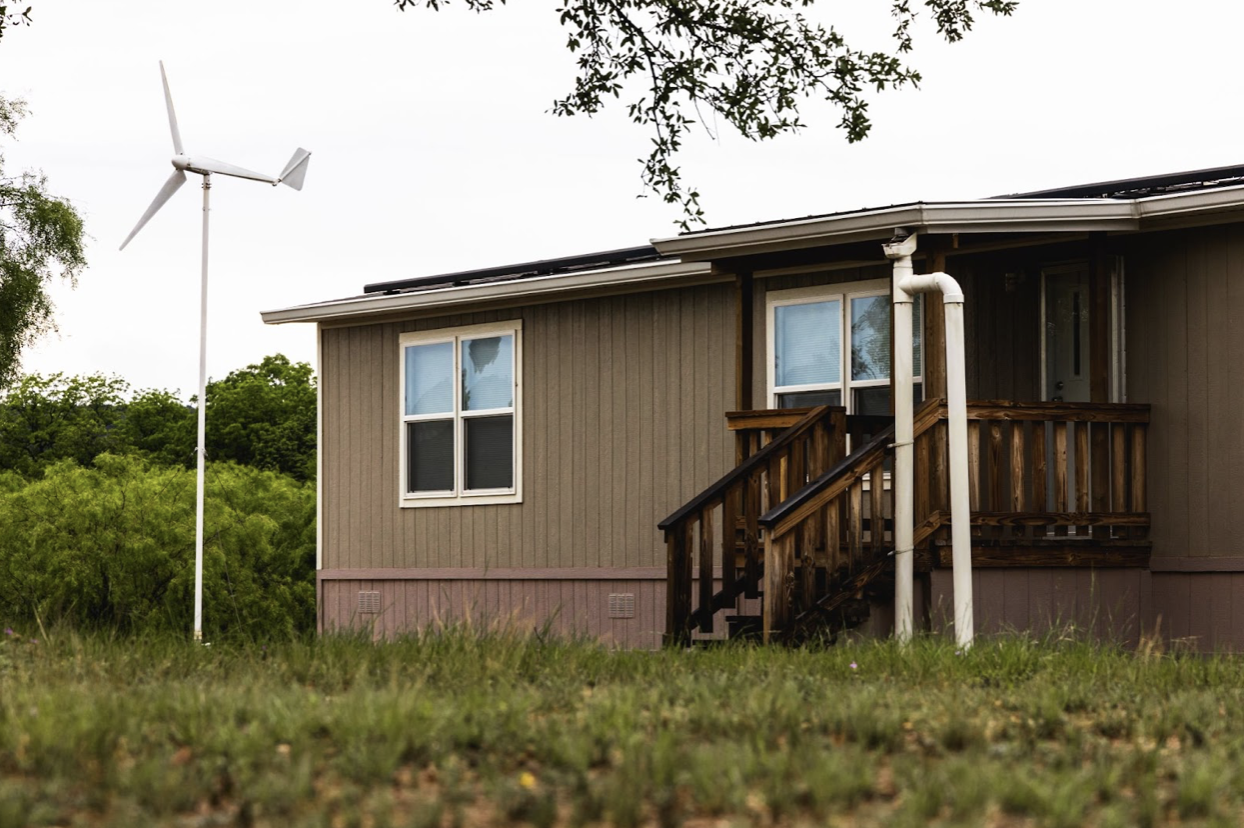
Courtesy of Flower Turbines

Courtesy of Flower Turbines
In West Texas, the wind blows.
For a company focusing on wind power, it is no surprise that Flower Turbines chose Lubbock, Texas, as its home in the United States. Lubbock regularly ranks in the top 10 windiest cities in the United States according to data reported by NOAA. When this energy start-up blew into town, their mission was simple: democratize clean energy and give people more control over the source of their electricity. The inventors of a tulip-shaped wind turbine, Flower Turbines, are aiming to reimagine the technology of small wind.
Small wind is about harnessing the power of the wind, locally. Small wind systems are designed to be a way for everyday consumers to green up their power usage. Energy.gov estimates that small wind systems could cut the average consumer’s electricity bills by 50%-90%.
Dr. Daniel Farb is the CEO of Flower Turbines and a strong advocate of small wind technology.

Traditional, fan-style wind turbines generate a few complaints: bird collisions, disruptive noise, and degradation of the visual appeal of natural landscapes are commonly cited as inhibitors of wind power. Flower Turbines, however, solve some of these issues attached to traditional wind farming.
“They have low noise, actually – no noise, and they are bird-friendly,” Dr. Farb says.
Near silence and bird-friendliness are achieved because tulip turbines operate on the vertical axis as opposed to the horizontal axis that the traditional, fan-style turbines use.
Along with being safe for wildlife and non-disruptive to human ears, flower turbines pride themselves on being aesthetically pleasing as well. Dr. Farb says that he wants their turbines to be more like works of art themselves.
“We are intending to use it to make a statement about climate change and so forth, through art,” Dr. Farb explained, “It’s a kind of ecological art.”

The turbines come in three sizes and a customizable variety of colors.
Most of Flower Turbines’ work has been in Europe. They are two-time winners of the Dutch Sustainability Award for their small wind contributions.
“We’ve done a lot of encouragement of e-bike charging systems by selling combined wind and solar e-bike chargers to a lot of municipalities,” Dr. Farb says.
Dr. Farb helped create and patent the “Cluster Effect” used by flower turbines. When grouped together, energy production efficiency increases. Groups of tulip turbines can make their neighbors perform 20%-50% percent better.
“We can have more zoom and less room,” Dr. Farb says. “In other words, by putting them together, we make better use of limited space in a small world.”
Dr. Farb explained that because of this effect, in certain parts of the world, small wind turbines can produce more energy per square foot than solar panels. The ability to place tulip turbines in groups and on roofs or the ground creates the opportunity for small wind farms in urban spaces.
“I believe that now, we are the only small wind company that could scale into a large global company and make a significant impact on renewable energy the way that solar has grown,” Dr. Farb says.

Implementation of small wind systems shows great promise for building off-grid systems in rural areas or supplementing traditional energy sources in urban areas.
Researchers at Texas Tech University are putting small wind systems to the test in a project aimed at decentralizing the utility system. Lead Principle Investigator Brian Ancell helped bring the Home Utility Management System, or HUMS, to life in 2018.
“The whole idea of the project is centered around the fact that centralized utility systems are really vulnerable to things like climate change and disasters, either natural or manmade,” Ancell says. “We’re trying to develop a residential decentralized system where the house itself can produce a good amount of its own power and a good amount of its own water.”

The HUMS house includes a three-kilowatt, residential-grade wind turbine. Ancell says the cost for the small wind system was $6,000-$7,000 when it was initially installed. While it does generate power, wind energy is a variable energy source.
“The small turbine itself can’t really power a whole lot at a given instant in time, but storing the power in a battery for people to use later is the key,” Ancell says.
The house uses a combined small wind and solar power system to provide as much sustainable energy as possible, but it is not aiming to be a completely off-grid system.
“We know that a fully islanded house with no connection to any grid supplies probably also won’t work,” Ancell says. “The idea is that the centralized grid will have to provide much less than it does today – it’ll be much more sustainable and much more reliable.”
One of the main focuses of the HUMS house is a guidance system that learns the energy production and consumption trends of the house. It then guides homeowners on how to maximize their energy capture, storage and usage.
“The system provides guidance that tells you how much money you’ll lose or how much money you’ll save based on changing habits – essentially based on what you’re getting from the wind turbine and the projection of how much power you’re going to be using,” Ancell says.
The biggest factor to implement this technology is reducing the cost of battery storage. Ancell is optimistic that the costs are going to come down enough in the near future that implementing small wind residential energy will become cost-effective.